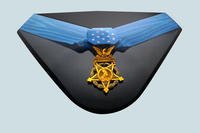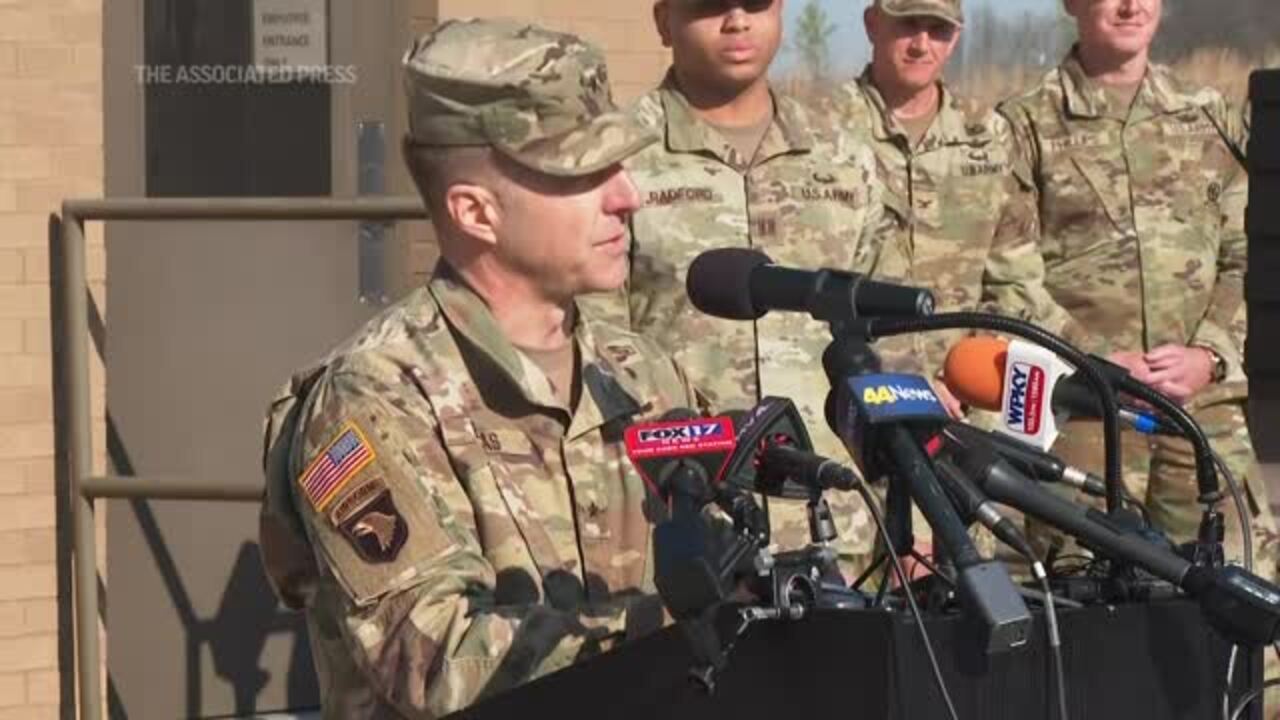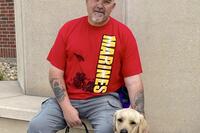At 28, Col. Francis Channing Barlow was a slight, boyish figure who wore a checked lumberjack shirt under his unbuttoned uniform coat. One of Gen. Meade's staff officers wrote that Barlow looked like "a highly independent mounted newsboy."
But that slouchy demeanor concealed "an inspired warrior and ferocious disciplinarian," wrote Larry Tagg in "The Generals of Gettysburg: The Leaders of America's Greatest Battle." Despite a complete lack of prewar military experience, Barlow possessed "things which can't be taught in an academy-a savage driving energy, and a positive taste for fighting." During his meteoric rise during the Civil War, Barlow impressed his superiors and distressed his subordinates with his tactical skills and managerial venom. Tagg notes that he carried a heavy cavalry saber with which to whack stragglers, his personal bugbear.
Barlow enlisted as a private in the 12th New York Regiment on April 19, 1861, married Arabella Wharton Griffith on the 20th, and sailed to Fortress Monroe, Va., on the 21st. (His bride would die in 1865, after contracting typhus in the hospital where she worked as a nurse.) By the time his three-month service expired, he had earned a commission as a first lieutenant. When he reupped in November, he was appointed lieutenant colonel of the 61st New York Infantry, then promoted to full colonel during the Peninsular Campaign.
Shortly thereafter, Gen. Robert E. Lee invaded Maryland and the bloody Battle of Antietam took place on Sept. 17. Col. Barlow had joint command of the 61st and 64th New York regiments, and they were positioned in front of a Confederate point known as "the Sunken Road." Barlow's forces repulsed a Confederate attack and in one maneuver took 300 prisoners. Barlow was severely wounded by grapeshot, but received some repayment two days later, when he was promoted to brigadier general.












